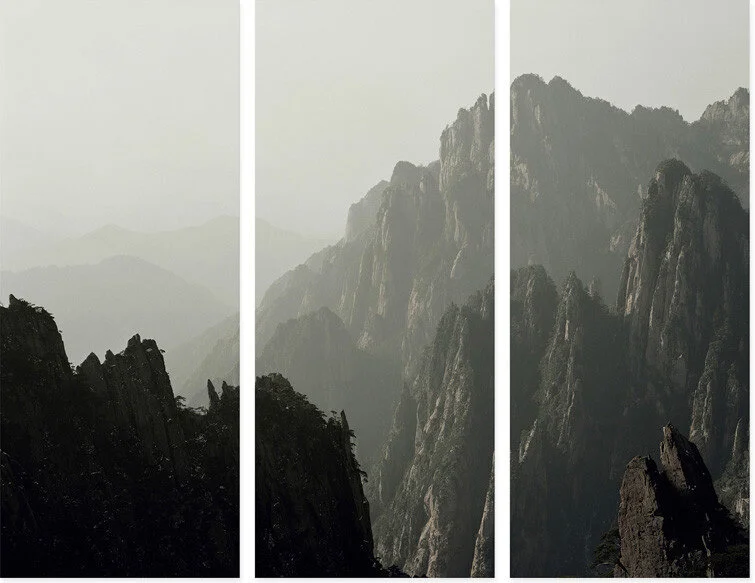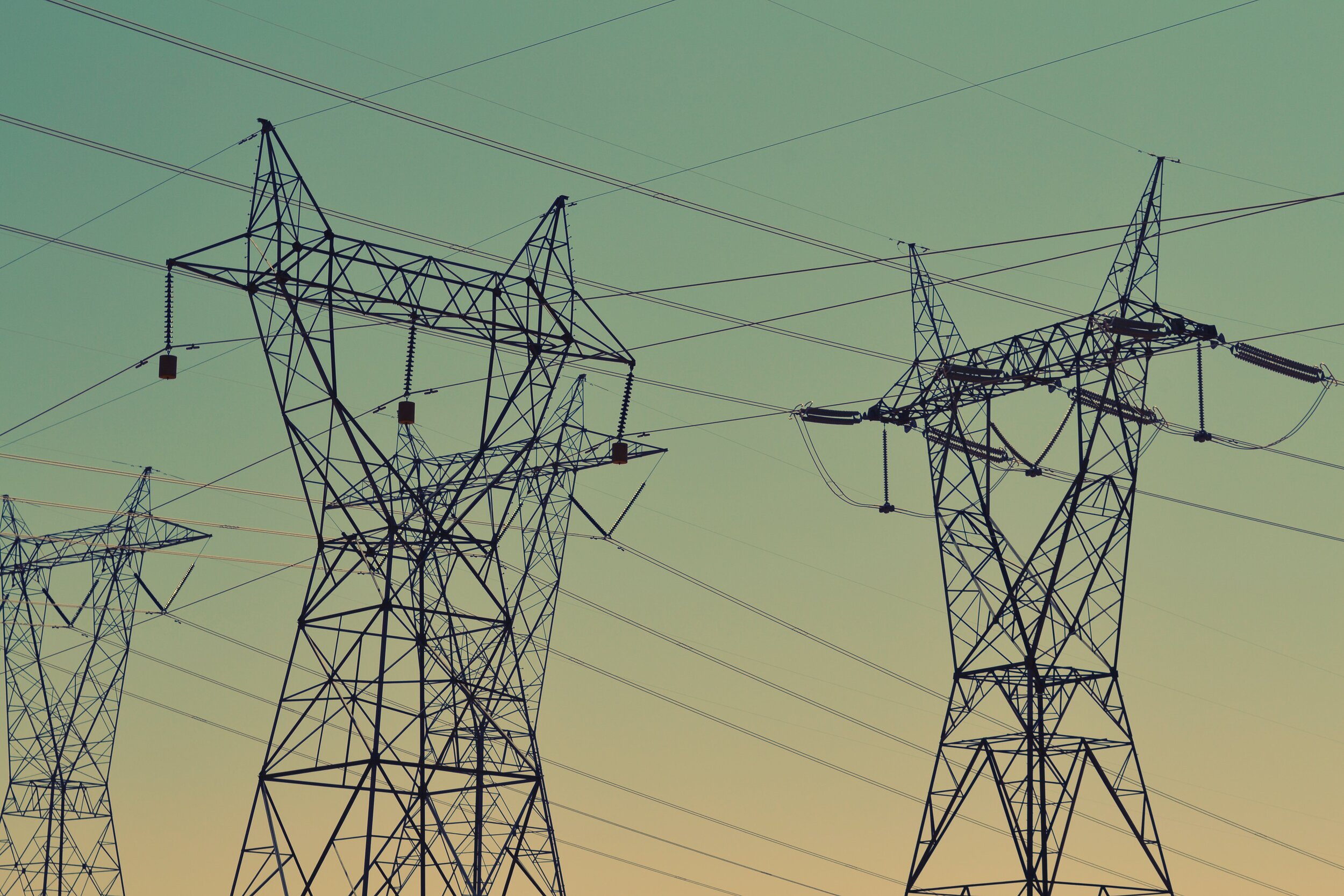This past month, I completed a training in Resource-Oriented Music and Imagery through the Institute for Music and Consciousness in Massachusetts. The training involved a theoretical component in October of 2022, and a practicum from January-May. Through the many hours of work, supervision, and personal sessions, I developed a keen interest in the effects of certain kinds of music on our experience of safety and security. Through at-length discussion with colleagues in the training, I came to realize that this experience is quite subjective but that there is a general sense of safety we all have with certain musical qualities- a steady enough rhythm, a melody, and “safe” harmonic structures which always give a sense of landing home.
The method of Resource-Oriented Music and Imagery (ROMI) was developed by Lisa Summer and is adapted from a method called Guided Imagery and Music, developed by Helen Bonny mid-20th century. The method involves simply sitting in stillness with yourself and noticing what is present as a resource for you in the moment- in the words of a colleague, “notice what’s alive”. Once you have accessed that resource, spend some time paying attention to when that resource is most present for you. Is there a sound, any visual sense, a sensation, a smell? This will inform the next step, which is choosing a piece of music which best matches this resource.
For example, perhaps you are feeling very stressed at work but when you sit with yourself, you notice this sense of “endurance” in your body, the strength to keep going, and the knowledge that you have more gas left in the tank. Then, in spending time with that resource, you think about the times you are most in tune with that feeling- perhaps it’s when you go on a long run, or when you stayed up all night with a friend in the hospital. Noticing the sensory landscape of those experiences, and really fleshing them out, you feel the most appropriate musical match is something with long, drawn out tones, in the bass register, with some motivating floating melody on top. Perhaps you even have a specific piece of music or two that drift into your mind as you are spending time tuning in with this resource.
Once you have found the best musical match to your inner resource (which can sometimes involve a lot of trial and error!), grab a sheet of paper and some colourful pastels, markers, or pencils. Pastels are great because they’re very forgiving, can be blended, and give a distinct sensory experience. You may want to listen to the music once and then begin drawing. Once you’re ready, be still again with that resource in mind and in body. When the music begins, simply let your hand be supported in drawing along with the music. You might find yourself coming up against a really strong inner critic, which is great information for you. You might find something unexpected. Let the music play on repeat as long as you need to “complete” your drawing. You will know when you are ready to stop.
Once you have finished your drawing, if we were doing a ROMI session together, we would process the material, determining what that was like for you, how you felt about the image, and link this experience back to your life and your relationships to music.
I’ve discovered through my own sessions and practice with others that the method is quite powerful in drawing out helpful and healing themes for people, and really making them concrete. Not only do they become concrete intellectually, but through the somatic work in the prelude/mindfulness check-in, they become a felt sense, and they are deepened even further by the imagery and the music. In effect, these relational experiences with your own creativity help to “make” the resource grow and live. Sometimes those resources are so obscured by the experience of trauma and depression that it’s difficult to think our way out. Helping the resource grow and be felt is especially important for folks living with trauma and depression- seeing what is already there that is so alive and well is such a powerful tool for recovery.
On that note- I am now offering ROMI sessions as part of my regular therapy work as well as as a standalone service. If you can see this being of benefit for you in your journey, please reach out through the contact form to discuss how we can work together using music and imagery.











